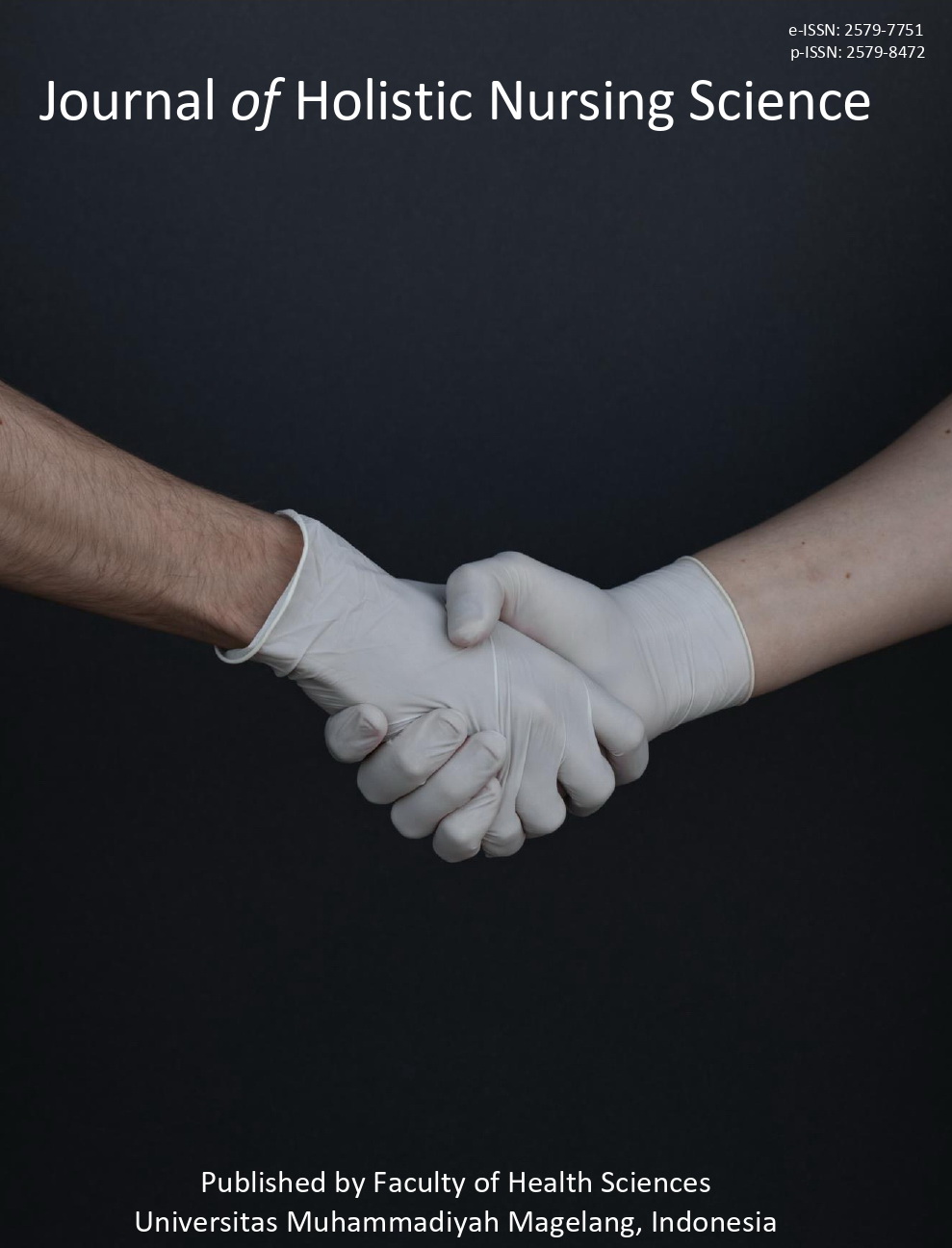Resistance band exercise outperforms low-intensity exercise in reducing BMI, body fat, and blood glucose levels in patients with non-communicable diseases
Main Article Content
Abstract
Noncommunicable diseases (NCDs) such as diabetes, hypertension, and obesity pose significant global health challenges. While moderate-to-vigorous exercise is known to benefit NCD patients, the effectiveness of low-intensity resistance band exercise (RBE) remains less certain. A 12-month study on obese individuals engaging in RBE demonstrated consistent improvements in body composition, muscle mass, and glycemic control. Similarly, a 9-month study involving 100 patients with diabetes mellitus revealed significant reductions in BMI, body fat percentage, and blood glucose levels, alongside increases in muscle mass and protein content. In another 9-month study on chronic kidney disease (CKD) patients, RBE led to notable reductions in BMI, abdominal fat percentage, blood glucose, and blood pressure, while muscle mass remained stable. The study further evaluated 220 NCD patients recruited from hospitals, who were randomly assigned to groups based on BMI, obesity, diabetes, and CKD status. Outcome measures included body composition changes, daily step counts, blood glucose and lipid levels, and program satisfaction. In conclusion, RBE proves to be an effective intervention for improving body composition, muscle mass, protein content, and glycemic control in both healthy individuals and those with obesity, diabetes mellitus, and CKD. Compared to other low-intensity exercises, RBE consistently yields greater reductions in BMI, body fat, and blood glucose levels, making it a promising strategy for managing NCDs.
Keywords: Health-status outcomes, metabolic disorder, noncommunicable diseases, program satisfaction, resistance band exercise
Downloads
Article Details

This work is licensed under a Creative Commons Attribution-NonCommercial 4.0 International License.
Authors who publish their articles in JHNS retain full copyright of their work. JHNS does not require authors to transfer their copyright to the journal or Universitas Muhammadiyah Magelang as the publisher. The authors grant JHNS a license for the first publication.
